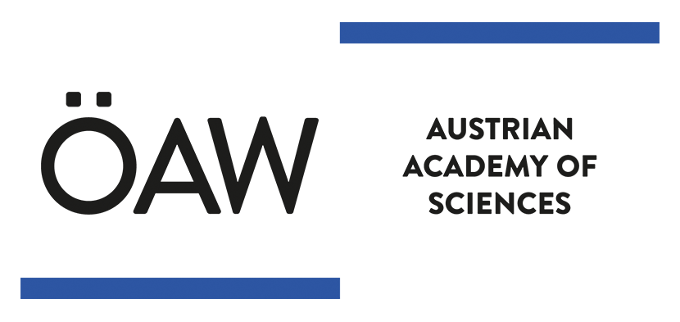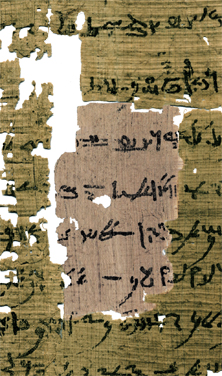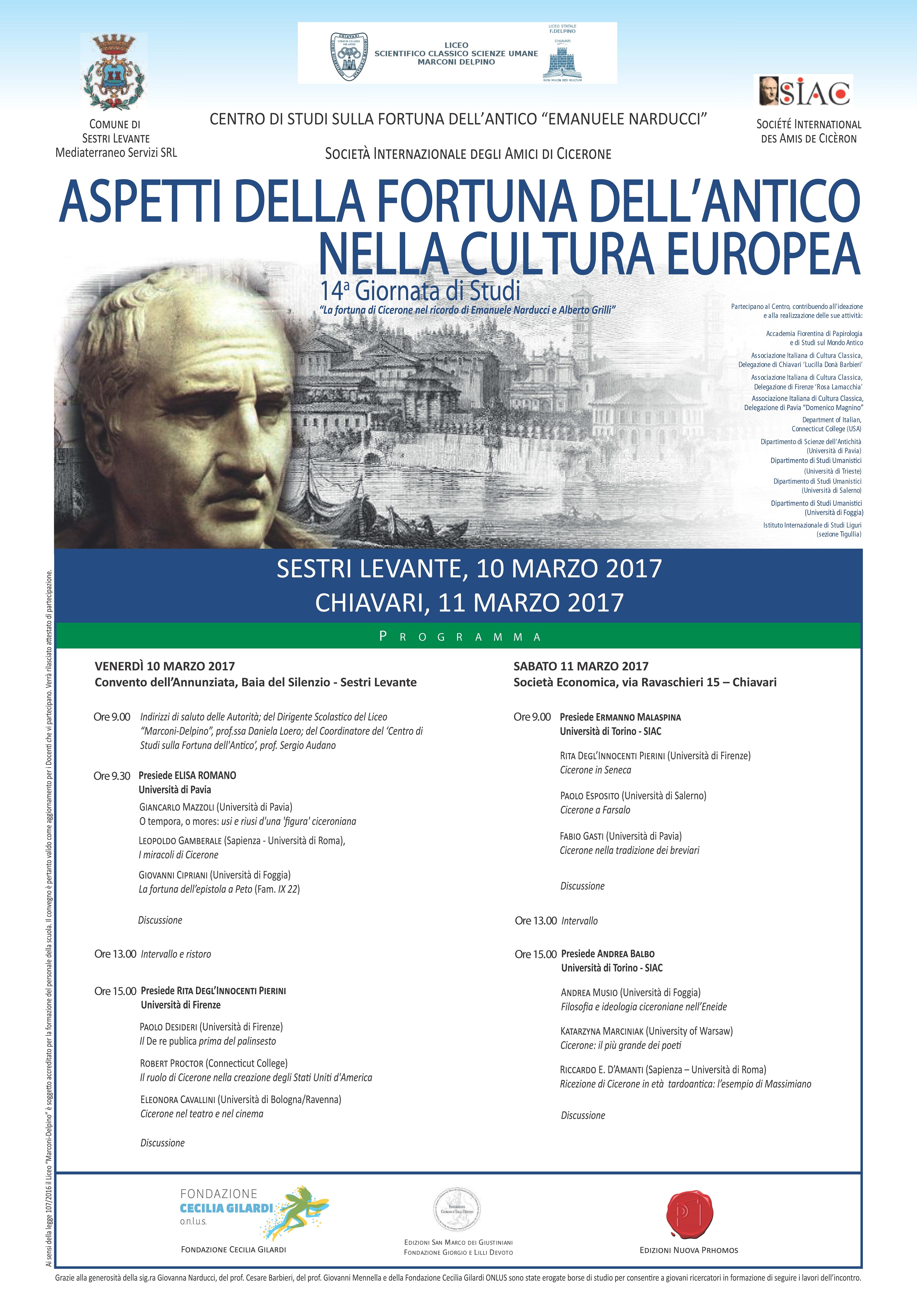Judaica. Neue digitale Folge (JNDF)
Judaica. Neue digitale Folge (JNDF) ist eine 2019 gegründete wissenschaftliche Zeitschrift mit Peer Review zu allen Bereichen der Jüdischen Studien von der Antike bis zur Moderne. Sie erscheint zweimal pro Jahr. JNDF ist eine Nachfolgezeitschrift der Judaica. Beiträge zum Verstehen des Judentums, die in 74 Jahrgängen als Printversion erschien. Die neue Judaica veröffentlicht Artikel in deutscher, französischer und englischer Sprache. Wie ihre Vorgängerzeitschrift hat sie einen starken Bezug zur Judaistik der Schweizer Universitäten, steht aber selbstredend allen als wissenschaftliche Plattform offen. Redaktionssitz ist das Institut für Judaistik der Universität Bern. Neben Artikeln publiziert JNDF auch Rezensionen.
Die erste Ausgabe wird voraussichtlich im ersten Halbjahr 2020 erscheinen.











































